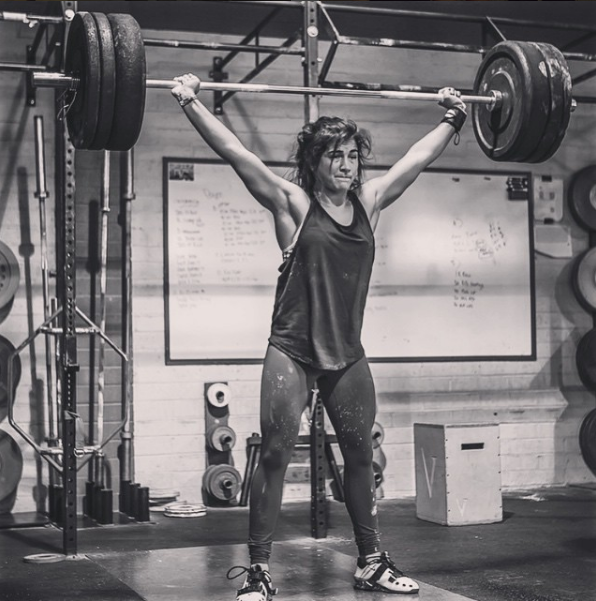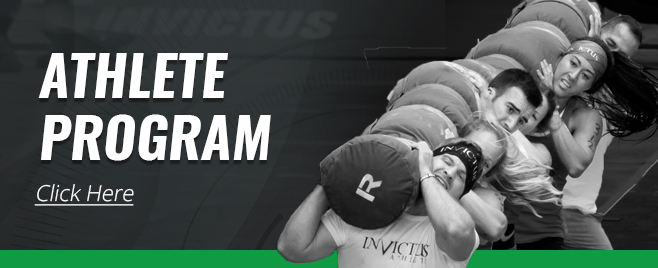Want to improve your power snatch performance? Try barbell cycling to move more efficiently.

Barbell Cycling Strategies: The Power Snatch
Written by Nichole DeHart, Hunter Britt and Tino Marini
If you have not had the chance yet to read the previous article about barbell cycling, then please do so before moving on to today’s Power Snatch.
The Power Snatch is a natural barbell cycling progression when the weight is too heavy, or their are too many total reps to sustain a muscle snatch. A great example of when this movement would be best utilized is in the CrossFit benchmark workout “Isabel” – 30 reps of 135/95 pound snatches. The weight isn’t necessarily heavy, but for most people, the weight and rep scheme is enough to merit power snatching for the workout.
To move the barbell quickly for cycling the power snatch, set up with a wider stance. You want to set up in your landing position. This does a couple of things for you: (1) it allows you to move quicker than if you were jumping and landing for every rep; and (2) it reduces the range of motion on the travel of the barbell.
Watch this video to see how to cycle the power snatch:
On the ascent:
- Keep the bar close.
- Aggressive turn over to ensure a proper lock out overhead.
- Slight push-back of the hips to reach a quicker power position.
On the descent:
- Shoot the hips back.
- Get the elbows over the top of the barbell quickly.
- Clear the knees, keeping almost vertical shins.
- Stay back on the heels, especially as fatigue begins to set in.
Touch Points on the Descent – Athletes will need to understand how many touch points they will have on their descent; and they’ll need to know how that number changes based on the weight prescribed for the event. If the athlete is comfortable going straight down while maintaining good positioning and mechanics, this should be their first option. Going straight down with the barbell, aggressively staying back and keeping the bar close will ensure fast barbell cycling. However, athletes will need to have a touch point as the weight gets heavier. That touch point may be anywhere on the thighs. It can help serve as a cue to the athlete to keep the bar close, it slows the barbell down so that the athlete can maintain better positioning over the barbell, and it often reduces tension on the back. If an athlete wants to use a touch point, then they need to practice touching that point on their legs, then quickly following the barbell to the ground (not pausing with it at any point). Check out the video below of two CrossFit Games champions going head to head on a 50 rep version of “Isabel“.
Notice how they both used different barbell cycling strategies on the descent. Sam used the touch point method – tapping her thighs with the barbell before touching the ground, and Annie went straight down with no touch point. Depending on what you feel more comfortable with and practicing what feels the smoothest will help you know what type of descent to use for the weight and reps required.
